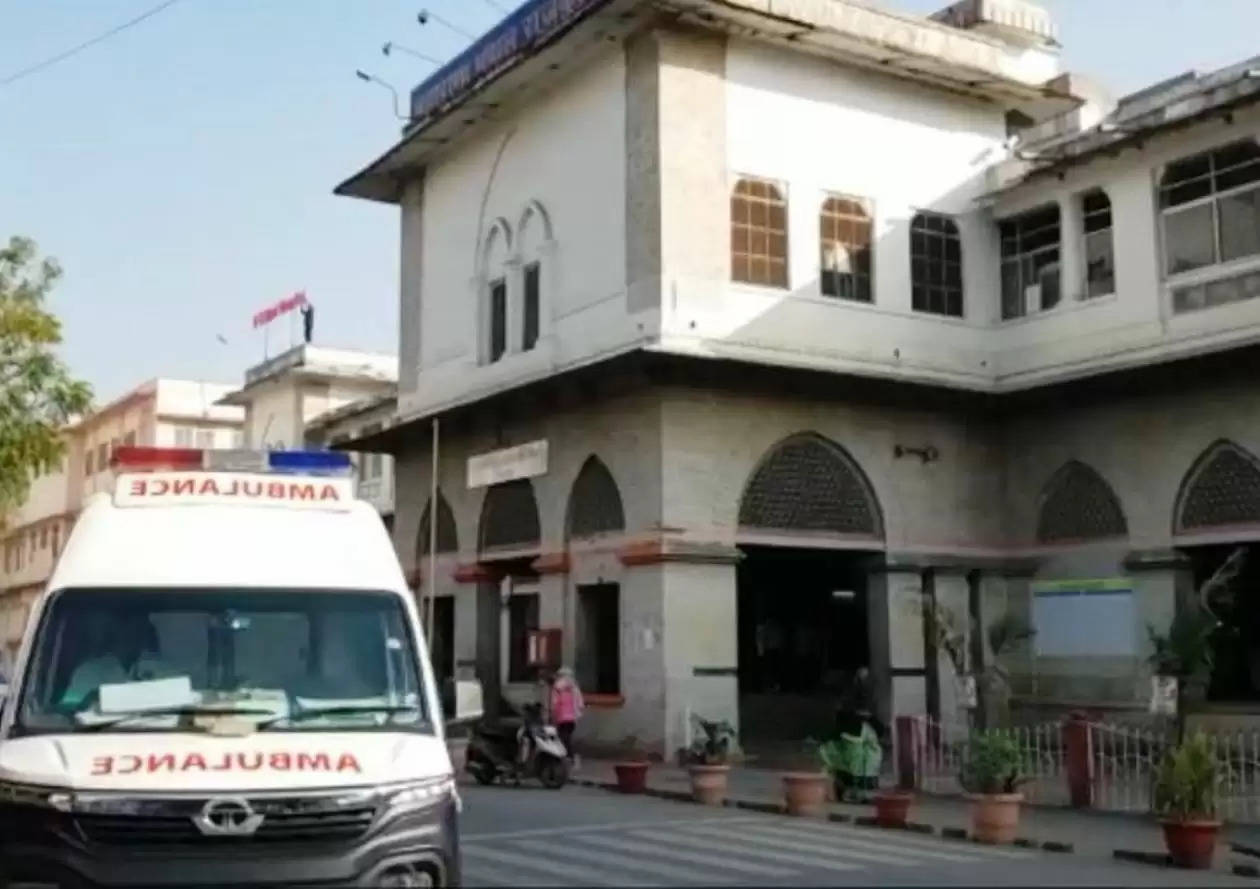RNT Udaipur: Quick Response Teams for Patients will be Available
RNT’s Rapid Referral Redressal System to Enhance Emergency Healthcare Across Udaipur District
RNT Medical College became the first medical college in the state to implement the RRR system online
In a bid to ensure timely treatment for patients arriving in Udaipur city from different places during emergencies, the Rapid Referral Redressal System (RRRS) has been launched. This innovative system aims to immediately attend to patients in critical conditions and provide them with immediate medical care upon their arrival at the hospital. Dr. Vipin Mathur, Principal of RNT Medical College, lauded the efforts of his team, marking a pioneering milestone in the state's healthcare system.
Control Room Setup
A dedicated control room has been established within the hospital premises to facilitate the smooth operation of the RRRS. Here, referring doctors can send the patient's medical history online, enabling the control room staff to coordinate with the patient or their relatives. Using location-based information, the control room team can determine the estimated time of the patient's arrival and share this information to the emergency coordinator on duty.
Role of the Coordinator
The emergency coordinator plays a important role in checking the patient's arrival process. They provide the emergency in-charge with the details such as the probable arrival time and medical history of the patient. Furthermore, the coordinator ensures the availability of necessary resources, such as ward boys equipped with stretchers and wheelchairs, at the hospital gate prior to the patient's arrival.
Immediate Deployment and Treatment
Thanks to the RRRS, a prepared team awaits the patient's arrival based on the estimated time provided. Immediate treatment starts upon the patient's admission to the hospital, significantly enhancing their chances of recovery.
Key Contributors
Dr. Mahendra Singh Rathore, Dr. Bhuvanesh Champawat, and Dr. Shipra Sharma played instrumental roles in realizing the RRRS, ensuring equitable access to timely and appropriate medical care, especially for the underprivileged.
Initiation of 'Setu' Program
Dubbed as 'Setu' (bridge), this initiative serves as a vital link for patient transfers between hospitals. The program started with a pilot phase at Hiran Magri's Satellite Hospital and Sundar Singh Bhandari Hospital.
Expansion Plans
This system did so well that now it's going to be in every hospital and government health center in Udaipur district. Also, hospitals from other districts that send patients to RNT will join in too. This will make emergency healthcare better. They've set aside enough people and stuff like buildings and equipment to make it happen.
- 30 Mobile phones have been bought, each with its own ID, to make things smoother. These phones are for the control room, emergency team, and department heads.
- Teams in the control room, emergency, and departments will be on call 24/7, switching shifts every eight hours.
- Hospital resources for patient care has increased, from power to wheelchairs, stretchers, and nursing staff.
- All hospitals now have a Central Program Management Unit (CPMU) with LED screens and a help desk. Patients can get info easily, and LED screens show real-time updates on incoming patients, helping staff manage the flow.
- Control room staff will use GPS to track patients in vehicles and talk to attendants. They will know when patients arrive and where they are, passing this info to the emergency coordinator.
- The coordinator will tell department doctors via CUG phones if a patient needs special care, based on their history and arrival time. CUG phones ensure smooth communication.
- For the first time, patients will get super-specialty care right in the emergency department.
- Emergency staff will assign color-coded wrist tags to patients based on their medical history and severity. Critical patients will receive red tags, less severe cases orange, and normal cases green. Treatment priority will be determined by doctors according to these tags. Furthermore, ICU bed allocation will also follow this system.
Source: Rajasthan Patrika
To join us on Facebook Click Here and Subscribe to UdaipurTimes Broadcast channels on GoogleNews | Telegram | Signal



